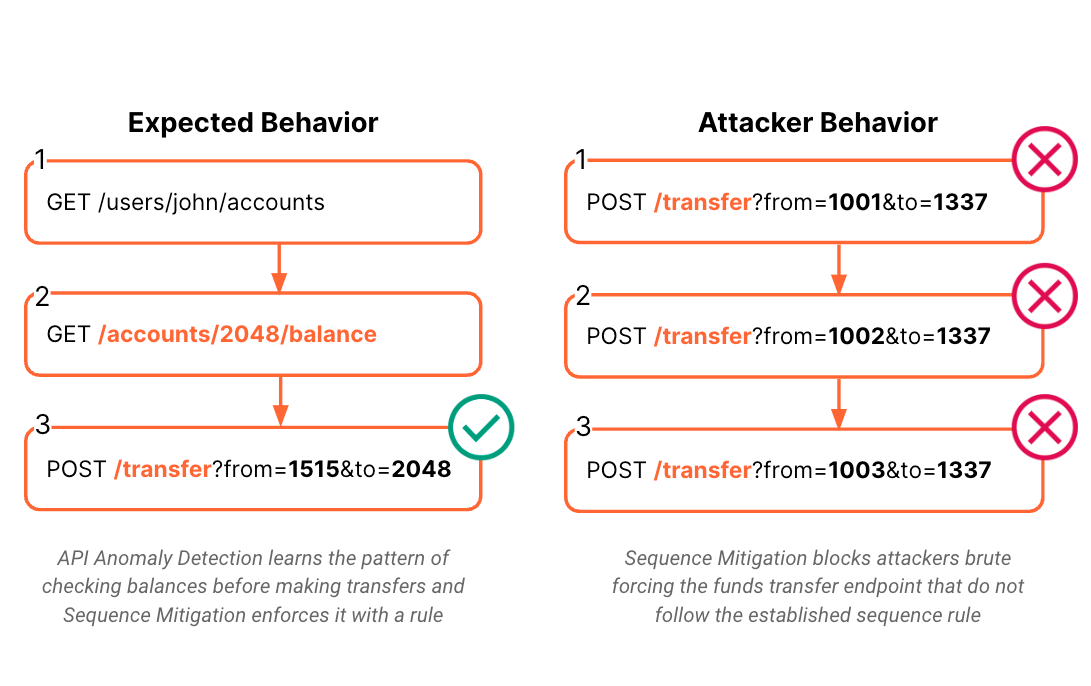03/04/2024
7 min read
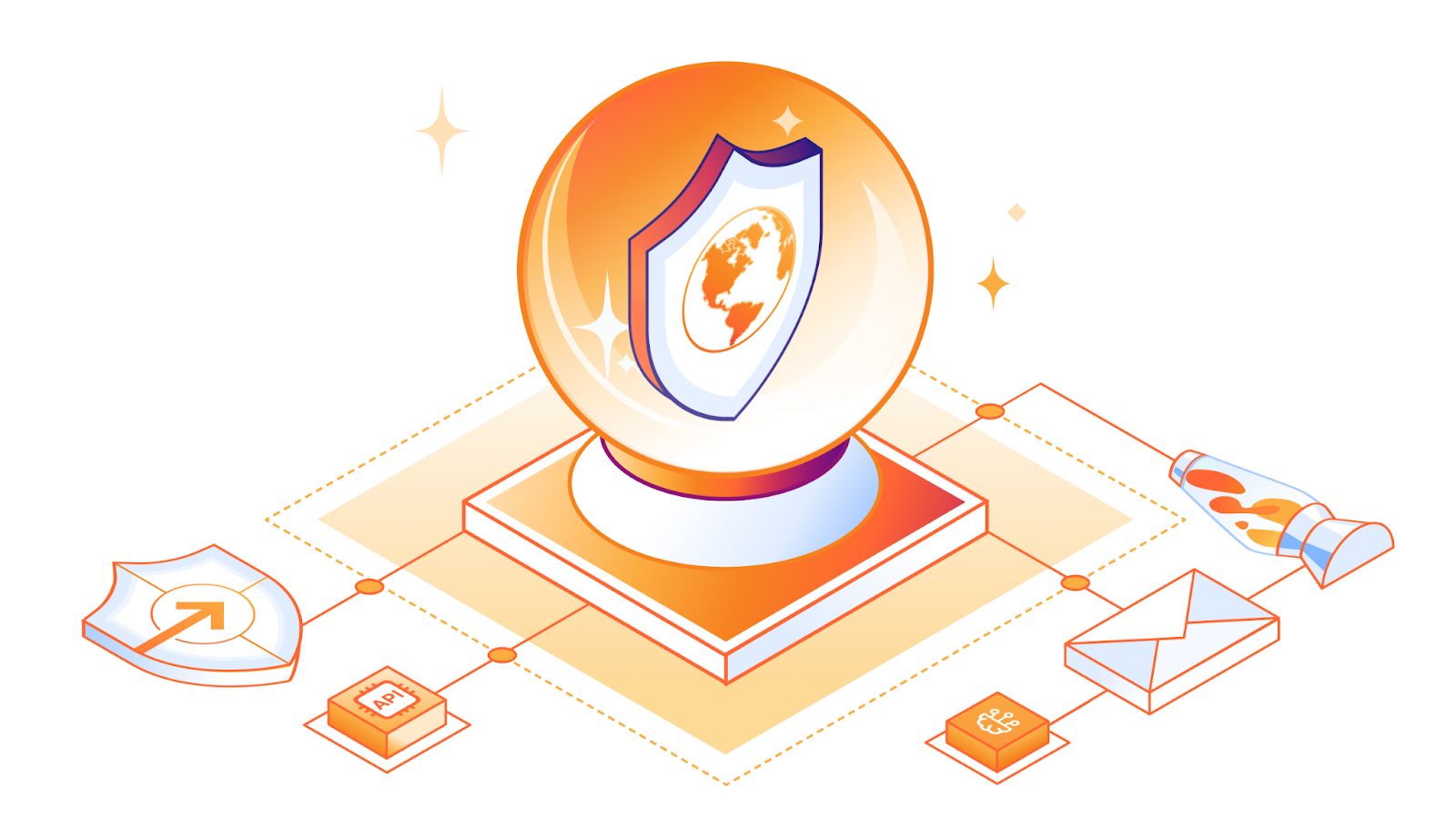
Generative AI has captured the imagination of the world by being able to produce poetry, screenplays, or imagery. These tools can be used to improve human productivity for good causes, but they can also be employed by malicious actors to carry out sophisticated attacks.
We are witnessing phishing attacks and social engineering becoming more sophisticated as attackers tap into powerful new tools to generate credible content or interact with humans as if it was a real person. Attackers can use AI to build boutique tooling made for attacking specific sites with the intent of harvesting proprietary data and taking over user accounts.
To protect against these new challenges, we need new and more sophisticated security tools: this is how Defensive AI was born. Defensive AI is the framework Cloudflare uses when thinking about how intelligent systems can improve the effectiveness of our security solutions. The key to Defensive AI is data generated by Cloudflare’s vast network, whether generally across our entire network or specific to individual customer traffic.
At Cloudflare, we use AI to increase the level of protection across all security areas, ranging from application security to email security and our Zero Trust platform. This includes creating customized protection for every customer for API or email security, or using our huge amount of attack data to train models to detect application attacks that haven’t been discovered yet.
In the following sections, we will provide examples of how we designed the latest generation of security products that leverage AI to secure against AI-powered attacks.
Protecting APIs with anomaly detection
APIs power the modern Web, comprising 57% of dynamic traffic across the Cloudflare network, up from 52% in 2021. While APIs aren’t a new technology, securing them differs from securing a traditional web application. Because APIs offer easy programmatic access by design and are growing in popularity, fraudsters and threat actors have pivoted to targeting APIs. Security teams must now counter this rising threat. Importantly, each API is usually unique in its purpose and usage, and therefore securing APIs can take an inordinate amount of time.
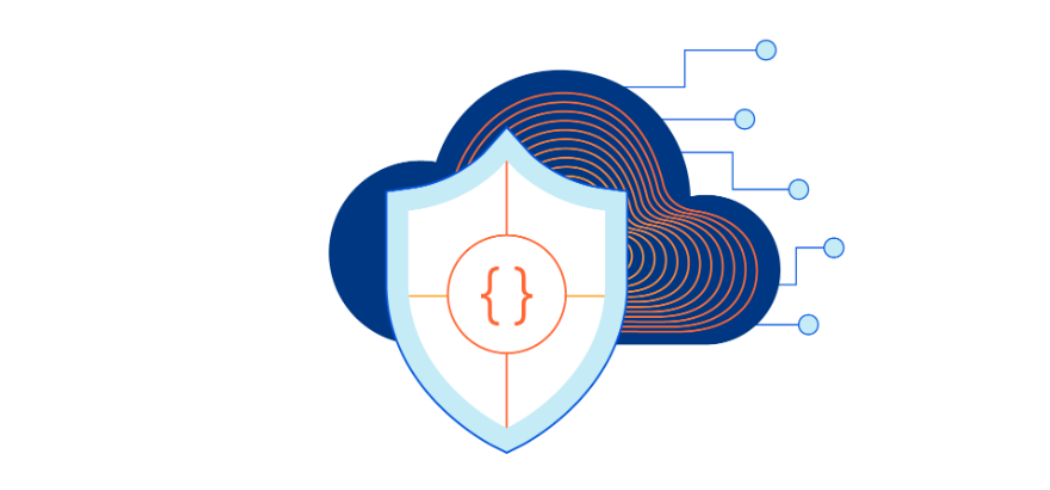
Cloudflare is announcing the development of API Anomaly Detection for API Gateway to protect APIs from attacks designed to damage applications, take over accounts, or exfiltrate data. API Gateway provides a layer of protection between your hosted APIs and every device that interfaces with them, giving you the visibility, control, and security tools you need to manage your APIs.
API Anomaly Detection is an upcoming, ML-powered feature in our API Gateway product suite and a natural successor to Sequence Analytics. In order to protect APIs at scale, API Anomaly Detection learns an application’s business logic by analyzing client API request sequences. It then builds a model of what a sequence of expected requests looks like for that application. The resulting traffic model is used to identify attacks that deviate from the expected client behavior. As a result, API Gateway can use its Sequence Mitigation functionality to enforce the learned model of the application’s intended business logic, stopping attacks.
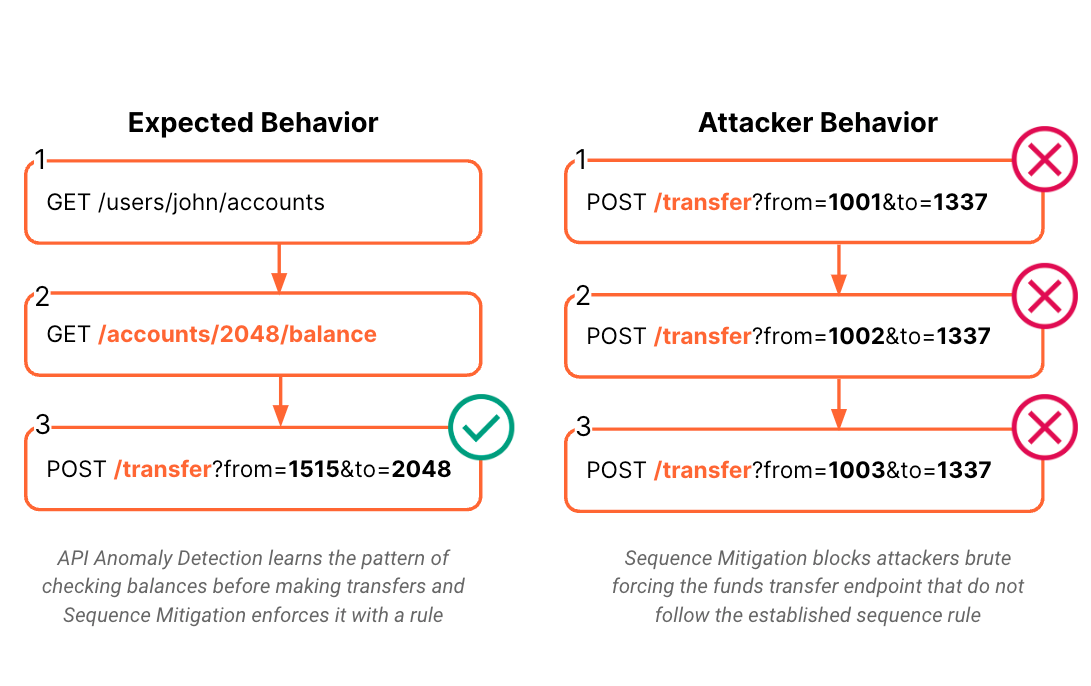
While we’re still developing API Anomaly Detection, API Gateway customers can sign up here to be included in the beta for API Anomaly Detection. Today, customers can get started with Sequence Analytics and Sequence Mitigation by reviewing the docs. Enterprise customers that haven’t purchased API Gateway can self-start a trial in the Cloudflare Dashboard, or contact their account manager for more information.
Identifying unknown application vulnerabilities
Another area where AI improves security is in our Web Application Firewall (WAF). Cloudflare processes 55 million HTTP requests per second on average and has an unparalleled visibility into attacks and exploits across the world targeting a wide range of applications.
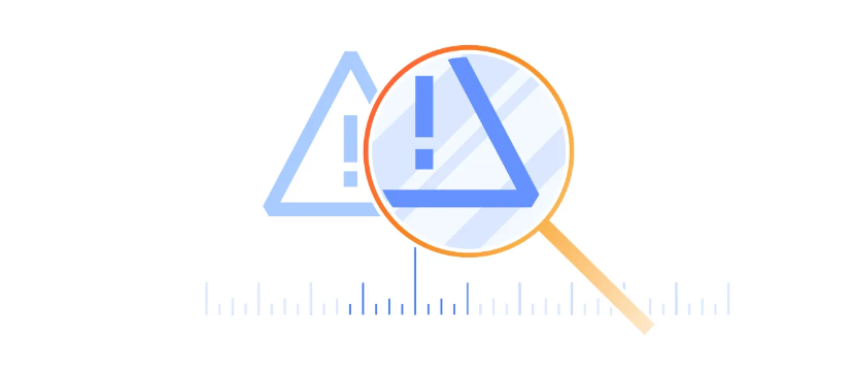
One of the big challenges with the WAF is adding protections for new vulnerabilities and false positives. A WAF is a collection of rules designed to identify attacks directed at web applications. New vulnerabilities are discovered daily and at Cloudflare we have a team of security analysts that create new rules when vulnerabilities are discovered. However, manually creating rules takes time — usually hours — leaving applications potentially vulnerable until a protection is in place. The other problem is that attackers continuously evolve and mutate existing attack payloads that can potentially bypass existing rules.
This is why Cloudflare has, for years, leveraged machine learning models that constantly learn from the latest attacks, deploying mitigations without the need for manual rule creation. This can be seen, for example, in our WAF Attack Score solution. WAF Attack Score is based on an ML model trained on attack traffic identified on the Cloudflare network. The resulting classifier allows us to identify variations and bypasses of existing attacks as well as extending the protection to new and undiscovered attacks. Recently, we have made Attack Score available to all Enterprise and Business plans.
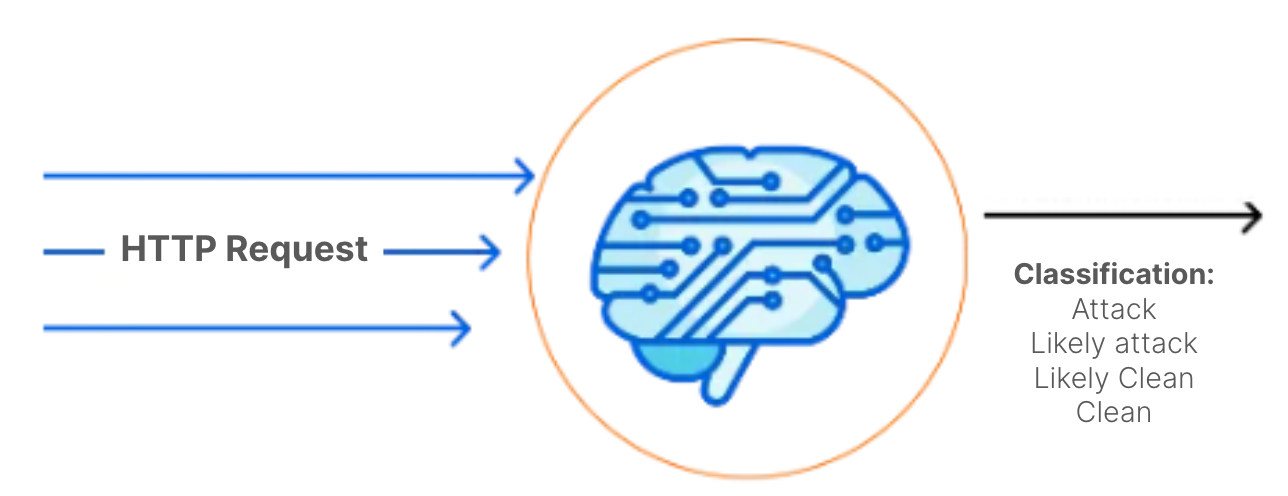
While the contribution of security analysts is indispensable, in the era of AI and rapidly evolving attack payloads, a robust security posture demands solutions that do not rely on human operators to write rules for each novel threat. Combining Attack Score with traditional signature-based rules is an example of how intelligent systems can support tasks carried out by humans. Attack Score identifies new malicious payloads which can be used by analysts to optimize rules that, in turn, provide better training data for our AI models. This creates a reinforcing positive feedback loop improving the overall protection and response time of our WAF.
Long term, we will adapt the AI model to account for customer-specific traffic characteristics to better identify deviations from normal and benign traffic.
Using AI to fight phishing
Email is one of the most effective vectors leveraged by bad actors with the US Cybersecurity and Infrastructure Security Agency (CISA) reporting that 90% of cyber attacks start with phishing and Cloudflare Email Security marking 2.6% of 2023's emails as malicious. The rise of AI-enhanced attacks are making traditional email security providers obsolete, as threat actors can now craft phishing emails that are more credible than ever with little to no language errors.
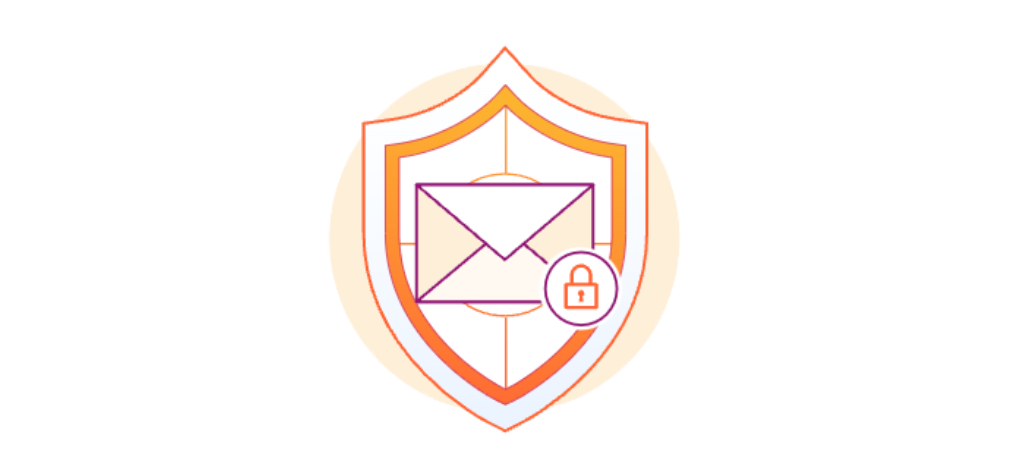
Cloudflare Email Security is a cloud-native service that stops phishing attacks across all threat vectors. Cloudflare’s email security product continues to protect customers with its AI models, even as trends like Generative AI continue to evolve. Cloudflare’s models analyze all parts of a phishing attack to determine the risk posed to the end user. Some of our AI models are personalized for each customer while others are trained holistically. Privacy is paramount at Cloudflare, so only non-personally identifiable information is used by our tools for training. In 2023, Cloudflare processed approximately 13 billion, and blocked 3.4 billion, emails, providing the email security product a rich dataset that can be used to train AI models.
Two detections that are part of our portfolio are Honeycomb and Labyrinth.
- Honeycomb is a patented email sender domain reputation model. This service builds a graph of who is sending messages and builds a model to determine risk. Models are trained on specific customer traffic patterns, so every customer has AI models trained on what their good traffic looks like.
- Labyrinth uses ML to protect on a per-customer basis. Actors attempt to spoof emails from our clients’ valid partner companies. We can gather a list with statistics of known & good email senders for each of our clients. We can then detect the spoof attempts when the email is sent by someone from an unverified domain, but the domain mentioned in the email itself is a reference/verified domain.
AI remains at the core of our email security product, and we are constantly improving the ways we leverage it within our product. If you want to get more information about how we are using our AI models to stop AI enhanced phishing attacks check out our blog post here.
Zero-Trust security protected and powered by AI
Cloudflare Zero Trust provides administrators the tools to protect access to their IT infrastructure by enforcing strict identity verification for every person and device regardless of whether they are sitting within or outside the network perimeter.
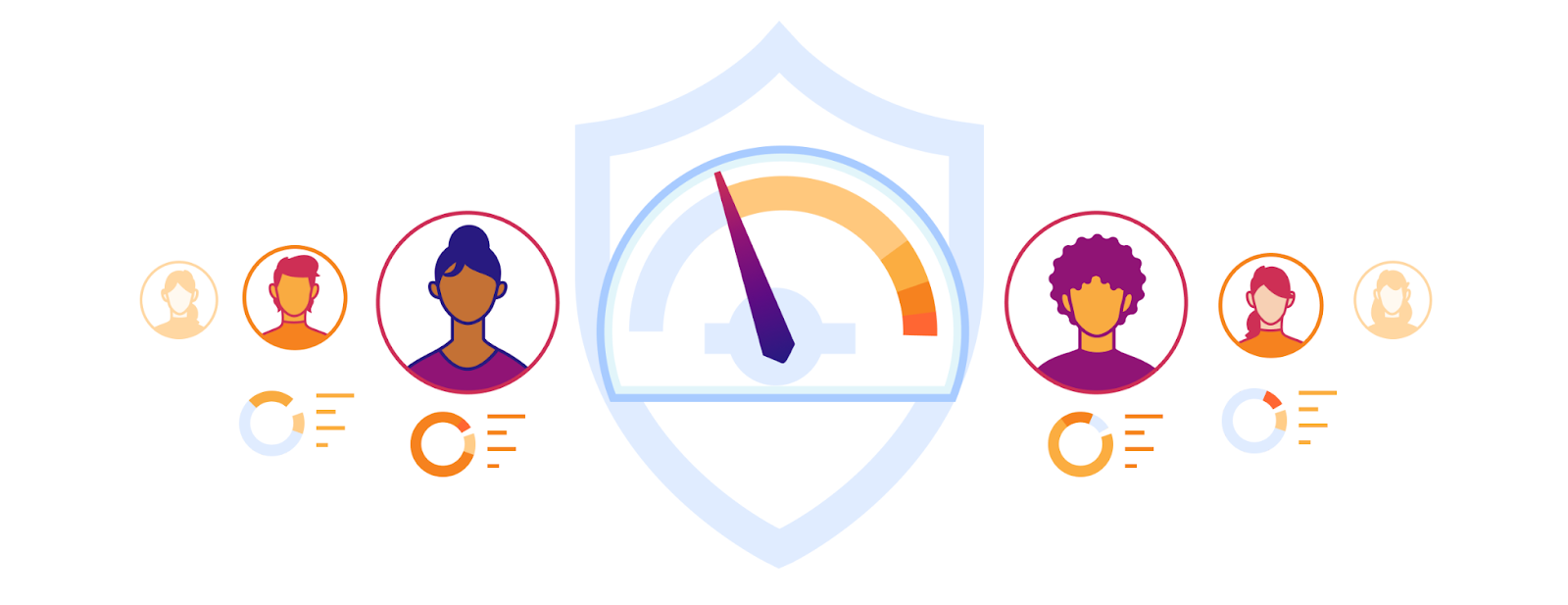
One of the big challenges is to enforce strict access control while reducing the friction introduced by frequent verifications. Existing solutions also put pressure on IT teams that need to analyze log data to track how risk is evolving within their infrastructure. Sifting through a huge amount of data to find rare attacks requires large teams and substantial budgets.
Cloudflare simplifies this process by introducing behavior-based user risk scoring. Leveraging AI, we analyze real-time data to identify anomalies in the users’ behavior and signals that could lead to harms to the organization. This provides administrators with recommendations on how to tailor the security posture based on user behavior.
Zero Trust user risk scoring detects user activity and behaviors that could introduce risk to your organizations, systems, and data and assigns a score of Low, Medium, or High to the user involved. This approach is sometimes referred to as user and entity behavior analytics (UEBA) and enables teams to detect and remediate possible account compromise, company policy violations, and other risky activity.
The first contextual behavior we are launching is “impossible travel”, which helps identify if a user’s credentials are being used in two locations that the user could not have traveled to in that period of time. These risk scores can be further extended in the future to highlight personalized behavior risks based on contextual information such as time of day usage patterns and access patterns to flag any anomalous behavior. Since all traffic would be proxying through your SWG, this can also be extended to resources which are being accessed, like an internal company repo.
We have an exciting launch during security week. Check out this blog to learn more.
Conclusion
From application and email security to network security and Zero Trust, we are witnessing attackers leveraging new technologies to be more effective in achieving their goals. In the last few years, multiple Cloudflare product and engineering teams have adopted intelligent systems to better identify abuses and increase protection.
Besides the generative AI craze, AI is already a crucial part of how we defend digital assets against attacks and how we discourage bad actors.
We protect entire corporate networks, help customers build Internet-scale applications efficiently, accelerate any website or Internet application, ward off DDoS attacks, keep hackers at bay, and can help you on your journey to Zero Trust.
Visit 1.1.1.1 from any device to get started with our free app that makes your Internet faster and safer.
To learn more about our mission to help build a better Internet, start here. If you're looking for a new career direction, check out our open positions.
